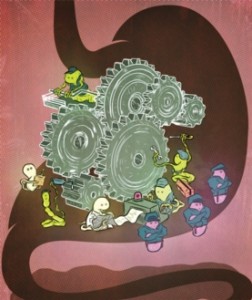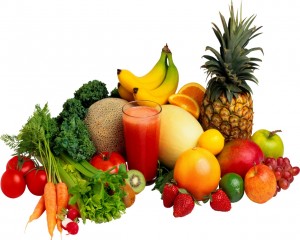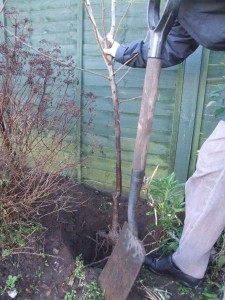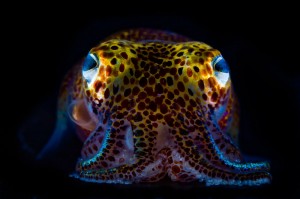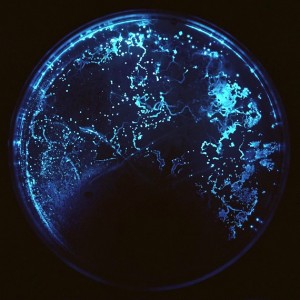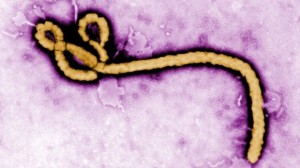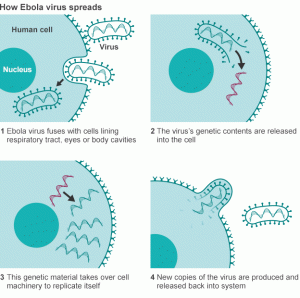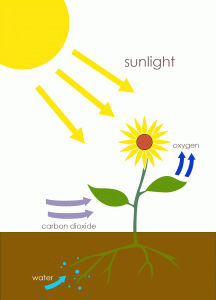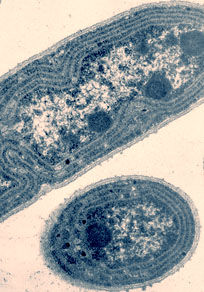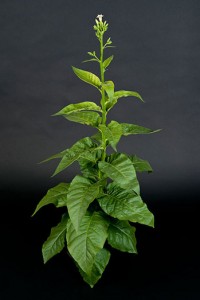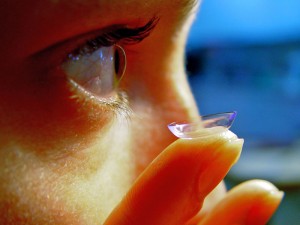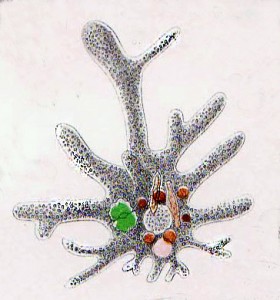With Thanksgiving just around the corner, I’m sure many of you have entered the dreadful midterm exam season. I know I have with 4 exams all crammed up in one week. From assignments and projects to exam study, our normal timetable is more likely to change at this time of year. So let me ask you a question: what do you do when you realize that there is an assignment due the next day, along with 2 more? Most likely, “sleep at 3 am” or “pulling an all-nighter” comes into option. Turns out, this option is not so great at all.
In a recent study in the Child Development Journal, researchers address the impact of giving up sleep for study. Andrew J. Fuligni, one of the researchers and a professor of psychiatry and biobehavioral sciences state, “sacrificing sleep for extra study time is counterproductive”. This does not suggest that we should not study at all, but specifies that someone who chooses study over sleep is more prone to academic problems, such as low productivity, short-term memories, and lower grades.

This research was conducted through 3 public high schools in Los Angeles, with 535 students in the 9th, 10th, and 12th grade. Participating teens were given a diary checklist to complete everyday, for 14 days. The results show that students in all grades spent the same amount of time (approximately 1 hour) to complete the checklist however, students in the 12th grade slept 41.4 minutes less on average compared to the other grades. With the decrease in sleep, the 12th grade students had a lower frequency in completing the problems provided. This study suggests, “across the years of high school, the trade-off between daily study time and sleep becomes increasingly associated with academic problems”.
Now some of you may wonder: if this is a study based on high school students, how does this relate to us, university students? Dr. Philip Alapat, a medical director at the Harris Health Sleep Disorders Center, claims that university/college students break free from the protective parental guidance once graduating from high school, which can lead to late-night activities like hanging out with friends or going to a party. These other distracting factors may contribute to the sleep deprivation of non-high-school students.
Can I fix this? –Yes!
There are a few recommendations from mail online:
1) Teach someone else! Describing this to someone else can allow you to get a better grip on the topic
2) Study in chunks –short bursts of studying followed by a break is a more effective system than cramming information hour after hour
3) Find a calm and comfortable study area
4) Look for metaphors in subject material to help better understanding of the study topic

And a few from Dr. Alapat:
1) Make sure to get 8-9 hours of sleep regularly
2) Study during periods of optimal brain function (6-8 pm)
3) Don’t overuse caffeinated drinks like coffee
Now, it might not be easy for all of you to transition into the process of sleeping early however, just keep in mind that chronic sleep deprivation can possibly cause long-term diseases for example, diabetes, high blood pressure and heart disease.
If you are one of those with insomnia, my advice to you is to go seek help at a local sleep specialist.
Once again, don’t study too hard. Instead, sleep well. But while you’re at it, here is a video of studying music from RELAX CHANNEL:

Good luck to all those soldiers out there battling with every student’s worst nightmare: EXAMS.
-Lilly Inoue

